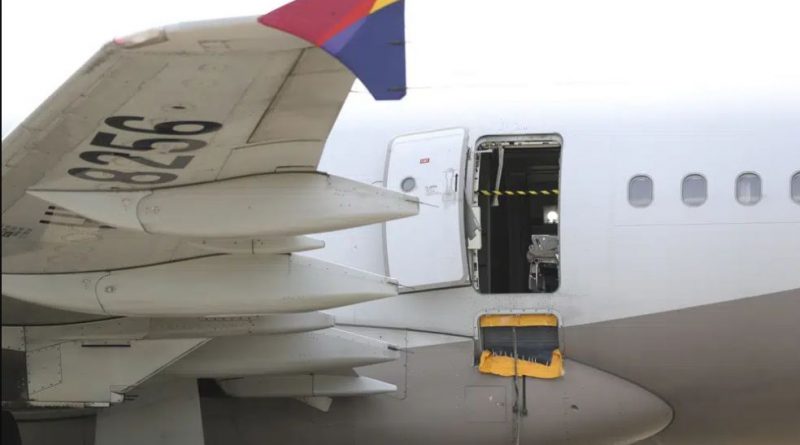Airlines Push FAA to End Mandatory Flight Cuts as Controller Staffing Slowly Stabilizes
Major U.S. airlines are pressing federal regulators to lift nationwide flight-reduction requirements as air traffic operations improve following the end of the lengthy government shutdown.
Major U.S. airlines are urging the Federal Aviation Administration to end the mandatory six percent cut in domestic flights at key airports, arguing that conditions have improved enough to safely restore schedules and ease operational strain on carriers.
The request comes as the agency begins issuing back pay to air traffic controllers and other employees, marking a gradual recovery in the aviation system after weeks of disruption.
The flight-cut mandate was introduced to address safety and staffing concerns during the unprecedented 43-day government shutdown that strained controller availability, forced mandatory overtime, and pushed airport operations to their limit.
Airlines say that with controllers now returning to duty and the system stabilizing, the continued restrictions are no longer necessary and are causing avoidable scheduling challenges.
While the FAA ordered carriers to reduce domestic flights by six percent across 40 major airports, airlines have largely not complied with the required cuts.
Data from aviation analytics providers shows that a far smaller proportion of flights has actually been canceled, with only about two percent of scheduled flights canceled on Friday compared to higher cancellation rates earlier in the week.
Industry officials say they have privately communicated to the FAA that enforcing such steep cuts may not reflect the current operational reality.
Some airlines have indicated that they intend to avoid major flight reductions over the weekend unless the agency insists on strict compliance.
The FAA earlier opted to freeze the cut rate at six percent instead of increasing it to eight percent on Thursday and ten percent on Friday, as had previously been planned.
This decision followed a marked decline in controller absences after Congress voted to reopen the government and restore agency funding.
Transportation officials say that staffing attendance improved sharply after the shutdown ended, with only a small number of controllers missing shifts on Thursday.
Air traffic operations reportedly stabilized significantly, reducing the pressure that had previously forced widespread delays and cancellations.
Officials stated that ongoing data reviews will determine how quickly the airspace can return to full capacity.
The agency continues to caution that while operations are improving, restoring normal conditions must be done carefully to ensure safety.
Meanwhile, some lawmakers are questioning how the flight cut decisions were made and whether sufficient coordination occurred with aviation stakeholders.
A group of House Democrats has requested detailed safety data and comparisons with recent months to evaluate the basis for the mandated cuts.
Airlines such as United continued to cancel some flights, though at much lower rates than earlier in the week. United reported canceling 134 flights on Friday after canceling more than 220 flights the previous day, reflecting a gradual easing of operational pressure.
Even with improvements, the FAA remains significantly understaffed, short roughly 3,500 air traffic controllers compared to its target levels.
Controllers have been working long hours, including mandatory overtime and six-day workweeks, even before the shutdown caused many to work without pay.
This staffing shortage has contributed to tens of thousands of delays and cancellations since October 1, when the shutdown began and the aviation system immediately felt the impact of limited personnel.
Industry experts say full recovery will depend not only on restored pay but also on long-term hiring and training strategies to address chronic staffing gaps.
Airlines continue emphasizing the importance of lifting the remaining restrictions to stabilize schedules, reduce traveler frustration, and support the smoother functioning of the national airspace system. Regulators, however, appear focused on a measured approach to ensure safety as the system transitions out of weeks of turbulence.
The coming days will be critical in determining whether the FAA moves quickly to remove the flight reduction requirements or maintains the cuts until it is fully confident in operational readiness.
As the aviation system slowly returns to normal, carriers and regulators continue balancing safety, staffing realities, and the need to restore reliable travel for millions of passengers nationwide.


